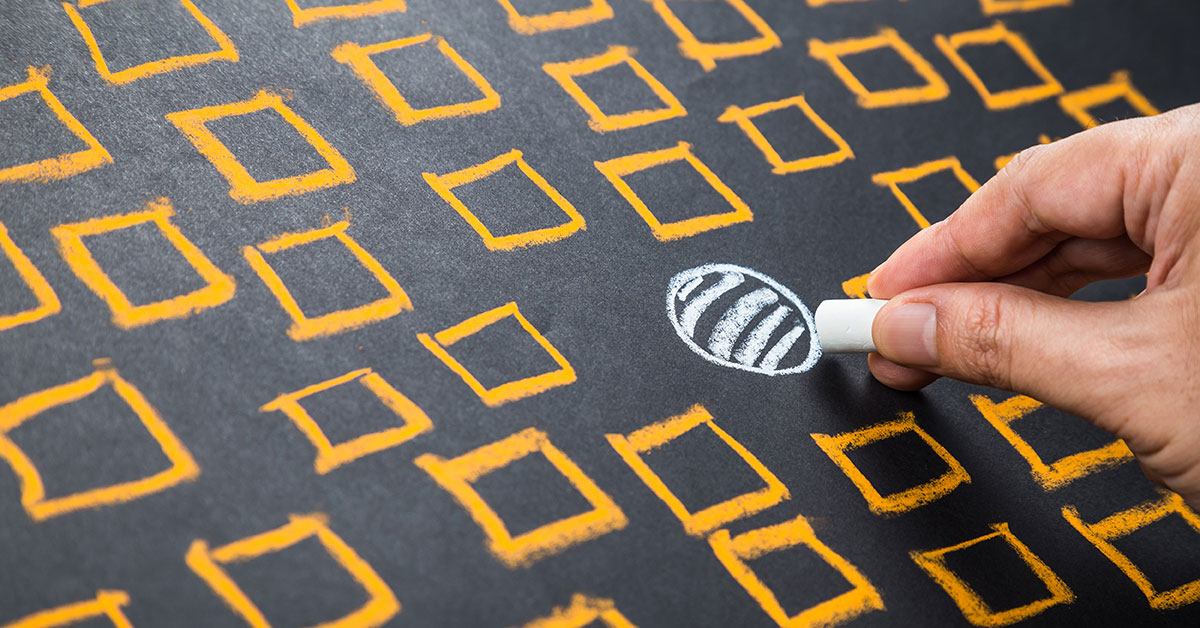A few weeks ago, I tried something new. It all began when I noticed a restaurant near the road that I take to get home from work. It occurred to me that I must have passed this establishment a hundred times, but in the five years that I’d lived in the area, I’d never once been inside. So, I took a risk and had dinner there. The food turned out to be wonderful, and as I left for the evening, I felt like I’d gotten to know my hometown just a little bit better.
So, why am I regaling you readers with my dining exploits? Because this small dining experience also taught me something important about risk. Routines are a helpful tool, they provide us with stability and support, but sometimes learning requires us to take a risk. The same principle applies whether you’re trying a new restaurant or helping students in the classroom. In fact, some educators might argue that risk-taking is an essential part of any curriculum.
Not every student is going to learn the same way. Some are visual learners who need to be show how something works before they can do it. Others will naturally pick up the content simply by reading the instructions, while still more may require clever learning devices to help them master the content. No matter which case it is, there will be moments when both teachers and students need to rethink their approach and try something new. So, if you’re an educator looking to foster a little risk-taking, here are a few strategies you should consider:
- Power of Prediction: Revisiting predictions is a good opportunity to promote risk-taking in your classroom, especially if your investigation yields a result that differs from the prediction. Explain that the reason we do investigations is to learn and remind students that scientists make incorrect predictions and mistakes all the time. That is how they learn and move their science forward.
- Mistake of the Day: Some teachers say mistakes are okay. Do one better and use this strategy to teach that mistakes are awesome! Celebrate mistakes as a learning opportunity by having students nominate one mistake that really helped the class understand something more clearly. Collect your class’s favorites and display them on a bulletin board or in the hall!
- Post-It Throwdowns: Encourage brainstorming by having students write each idea they have on a new post-it notes, then stick their ideas to their table. This sets up great critical thinking exercises if you have students sort their ideas. For instance, have them put their notes into three groups: ideas they really like, ideas they feel are pretty good, and ideas they’d like to discard. There are many ways you can have students sort their ideas; be creative!
- Tinker Time: Allow students some time to tinker with materials or ideas just for the fun of it. They can create a variety of objects out of the same materials. They can expand on ideas in a variety of ways and directions. During sharing time, encourage students to share the results of their tinkering with descriptive and precise language. Tinker Time outside of an investigation promotes risk-taking and student curiosity.
If you found these ideas helpful, be sure to check out the full list of Strategy Explorations from Blue Apple. These resources are free to download and cover everything from classroom management to inquiry-based science. Above all, remember to challenge your students with lessons that encourage them to take risks and persevere. While not every risk will yield the reward we want, the risk itself still gives us a chance to learn. And that opportunity is priceless!

